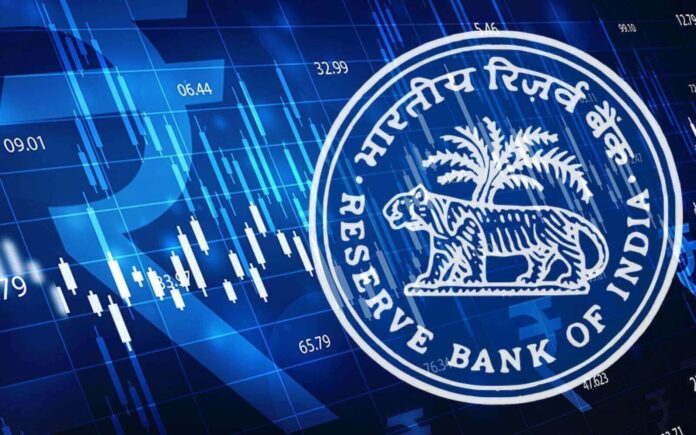The Retail Digital Rupee Pilot Project has been kickstarted in India by the Reserve Bank of India (RBI) in four cities across the country. This project aims to study the feasibility of using Central Bank Digital Currency (CBDC), In India’s context -Digital Rupee, for retail payments.
It may be noted digital Rupee or CBDC e-Rs for the wholesale segment announcement took place a month ago in India. The Pilot Project of using the digital Rupee is available only for India’s closed user group (CUG). The CUG of the Retail e-Rs consists mainly of customers and merchants from select locations in the country. As a part of the initial stages, several widespread public and private banks have taken part in the retail digital rupee pilot basis.
Digital currency is getting a lot of attention in India these days. Several legal, economic and technological questions remain to be answered, but we must remember that there’s also an important difference between the government-backed CBDC and decentralized cryptocurrencies. In the past, the Indian government has taken steps to control cryptocurrency trading in the country and even bring it under the ambit of taxation.
What is Central Bank Digital Currency (CBDC)?
Let’s first talk about the basics. CBDC is an electronic currency issued by a central bank of those countries that have implemented it, with the same legal tender status as traditional fiat currencies. Unlike other digital forms of payment, such as cryptocurrency, CBDC is backed by the full faith and credit of the issuing central bank.
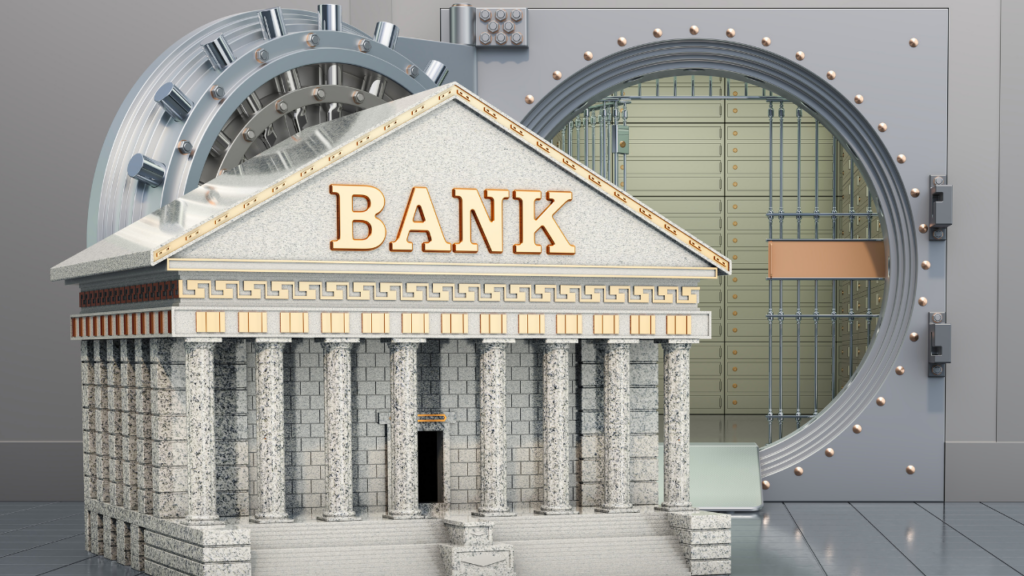
CBDC can be used for various purposes, including retail payments, interbank settlements, and international payments. Central banks across the globe are exploring CBDC to improve the efficiency and resilience of the financial system, as well as to provide greater access to financial services for all citizens.
Digital Rupee vs Cryptocurrency
Now, if you are thinking what the difference between Digital Rupee vs Cryptocurrency, let’s make it easy for you to understand. Cryptocurrencies are digital or virtual tokens or currencies that use Encryption algorithms to secure their transactions and control the creation of new units. Cryptocurrencies are decentralized, meaning they are not subject to government or financial institution control. Bitcoin, the first and most well-known cryptocurrency, was created in 2009.
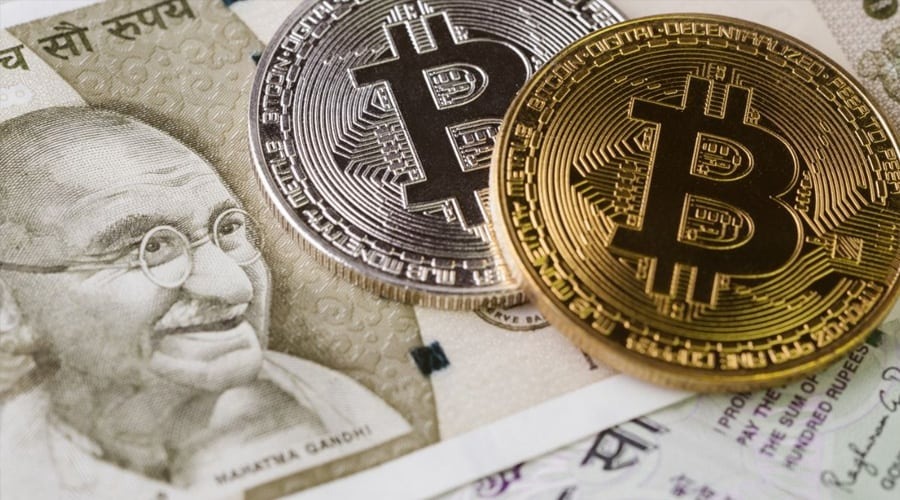
Digital rupees, however, are issued by central banks in digital form. They can be used by the general public for making payments and transferring funds. The Reserve Bank of India (RBI) is currently piloting a retail digital rupee project in select cities.
Also, cryptocurrency prices are volatile and can fluctuate widely. At the same time, Digital Rupee prices will remain stable as they will be pegged to the Indian Rupee (INR). Also, unlike cryptocurrencies, the digital Rupee or e-Rupee is issued in the same denominations as paper currency and coins.
Read More:
Web 2.0 vs Web 3.0: What’s the difference?
What is Bitcoin Pizza Day? A story that started over a pizza order
Types of CBDCs?
As mentioned earlier, CBDCs are digital currencies that are pegged to the value of a fiat currency, like the US dollar or the Euro. They can be used to make purchases and transfer funds between accounts, just like regular fiat currencies. Central banks issue CBDCs and oversee their regulation.
There are two main types of CBDCs: wholesale and retail. Wholesale CBDCs are intended for use by financial institutions and other large businesses. They’re usually issued in batches and can be traded on central bank digital currency exchanges. Retail CBDCs, on the other hand, are designed for use by individual consumers. They’re generally issued through electronic wallets and can be used to make purchases directly from merchants.
The Reserve Bank of India recently announced a pilot project to test a retail CBDC called the “digital rupee.” The project will allow select individuals and businesses to open digital rupee accounts and use them to make payments.
Where to buy the digital Rupee?
RBI has given licenses to four banks — State Bank of India, ICICI Bank, Yes Bank and IDFC First Bank- to function as the country’s first issuers of digital Rupees.
In the coming days, four more banks—Bank of Baroda, Union Bank of India, HDFC Bank and Kotak Mahindra Bank will also be licensed as new issuers for digital Rupees.
The availability of this new currency is limited to Mumbai, New Delhi, Bengaluru, and Bhubaneswar at present and will expand in the coming days. The new cities will be Ahmedabad, Lucknow, Hyderabad, Indore, Gangtok, Guwahati and Korach Mandi. This will make it more accessible for a wider group of people across the country to purchase.
How to Buy Digital Rupee?
Users will be able to buy the digital Rupee through four designated banks. They can do so either through the bank’s App or website. Also, one will not require to have a bank account with the designated bank to buy Digital Rupee.
FAQ Digital Rupee
With the world going digital, India has also taken a big step towards cashless transactions. In 2016, the Indian government demonetized ₹500 and ₹1000 currency notes in a bid to promote digital payments in the country. This move LED to the rise of several new digital payment platforms and also increased the adoption of existing ones, like the Unified Payments Interface and wallets. But now, with the introduction of Digital Rupee, India has taken a giant leap. Let’s explore frequently asked questions about Digital Rupee
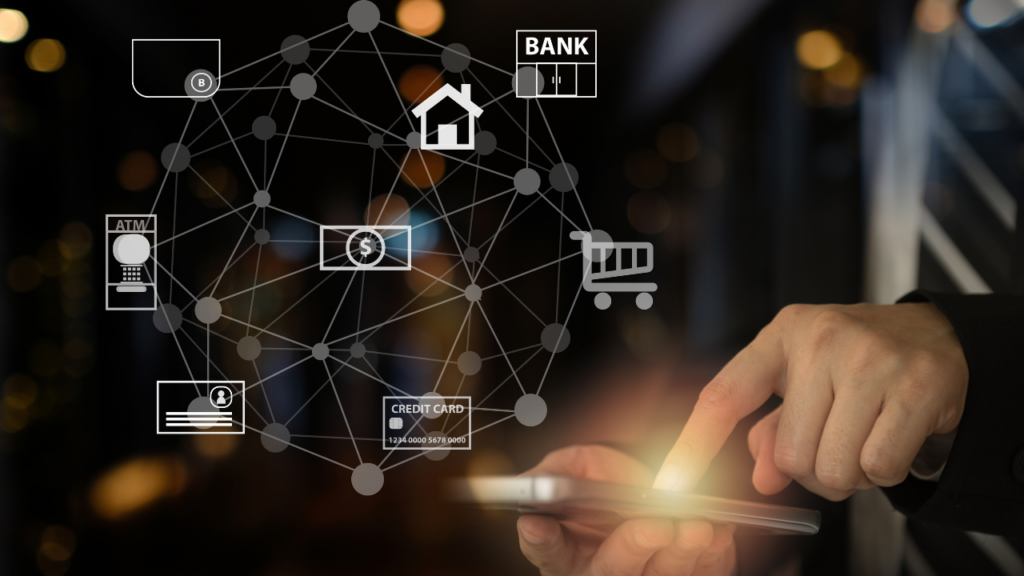
Use of Digital Rupee
A digital rupee is a new form of currency that is being developed by the Reserve Bank of India. This new currency will be used alongside the traditional paper rupee and will be available for use by all Indian citizens. The digital rupee will be stored on a centralised platform and will be accessible through a mobile application or website.
Users can use the digital rupee to make payments, transfer funds, and save money. The Reserve Bank of India believes that the digital rupee will help to reduce corruption and fraud and will also help to promote financial inclusion.
Will the digital rupee make transactions cheaper?
The aim of launching the digital rupee is to make transactions cheaper and more efficient by using blockchain technology. Blockchain is a distributed database that allows for secure, transparent and tamper-proof transactions. This could potentially reduce the costs of transaction fees and make it easier for businesses to send money overseas.
Digital Rupee vs UPI
UPI transactions are based on physical currency stored in your bank account. On the other hand, the digital rupee is a legal tender but not supported by a physical currency.
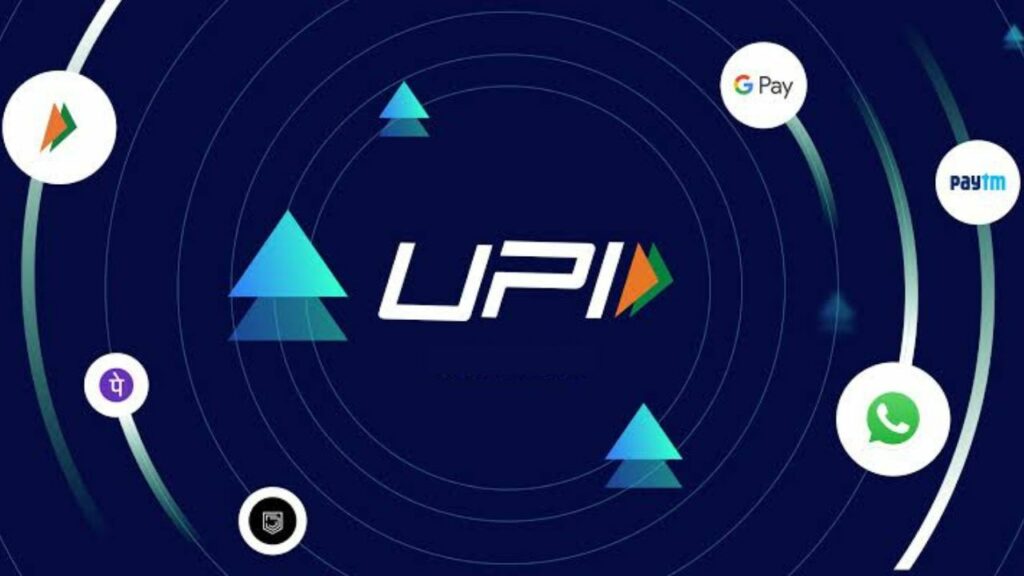
Can we invest in Digital Rupee?
The digital rupee is not an asset in which you can invest. It is just a digital form of cash which can be used for payment, buying and selling services and goods.
Why do we need Digital Rupee?
The digital Rupee can make transactions faster, more accurate, and more transparent because of using Blockchain technology. With it, we can provide real-time tracking and ledger maintenance. Everyone who wants to buy the digital Rupee – whether they’re wholesale or retail customers – can use the payment system 24/7.
Take away
The Retail Digital Rupee Pilot Project is an ambitious undertaking by the Reserve Bank of India to explore the feasibility of a central bank digital currency for retail payments. The project will last six months and involve four major banks in India.
With this project, the RBI hopes to better understand how a CBDC can be used in retail payment systems and what benefits it could bring to the economy. We believe this is a positive step forward for the RBI and hope that other central banks will follow suit in their explorations of CBDCs.


